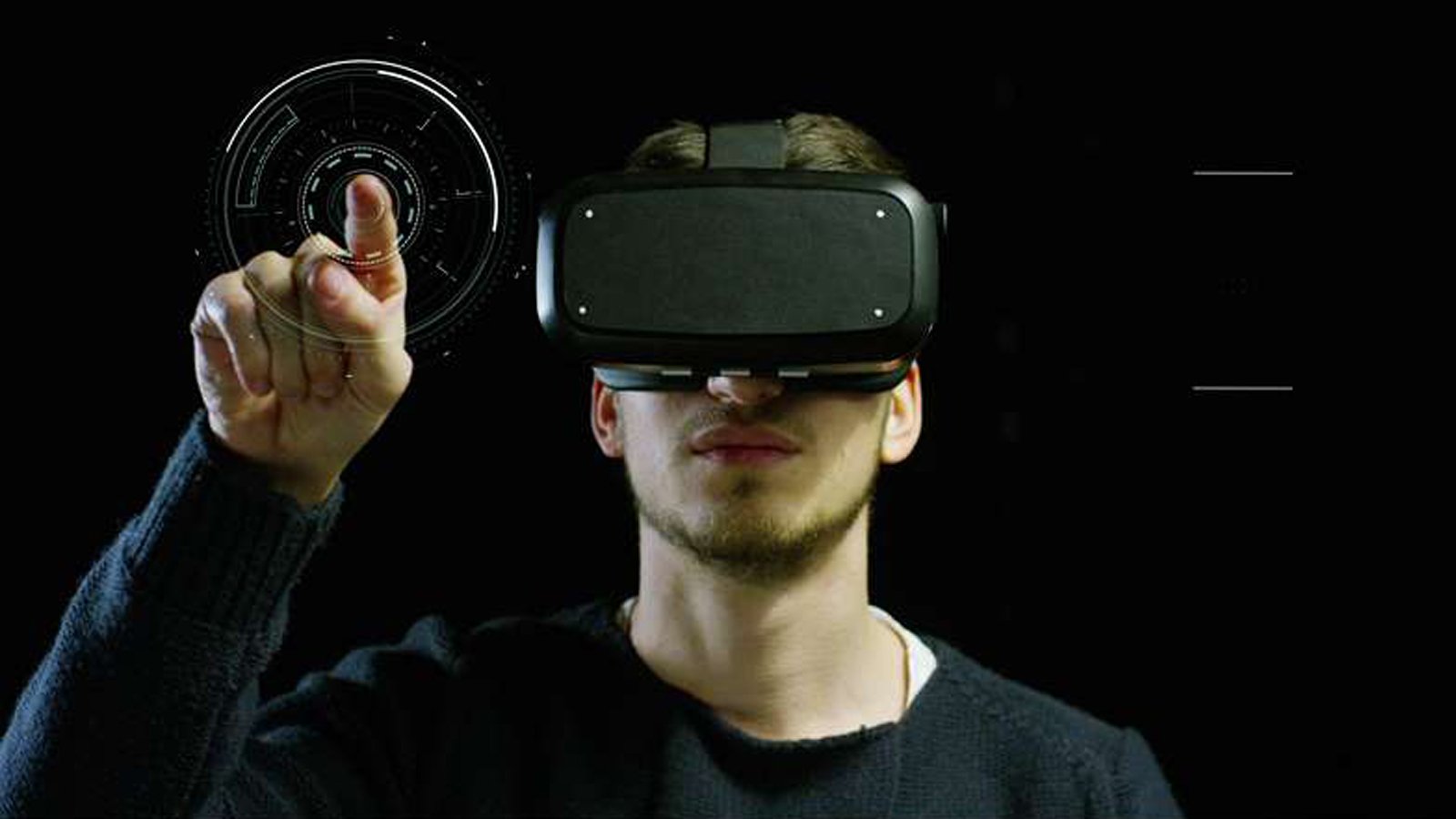Recommended For You
Can you digitally transform production employees? It’s not as far-fetched as you might think.
Visualization technologies — mixed reality, virtual and augmented reality — can enhance worker capabilities and help create safer, more productive processes.
Mixed-Reality Technologies
Imagine the knowledge of your entire organization applied to a specific production problem. For example, a maintenance engineer can wear a mixed-reality device as he examines a machine stoppage on a high-volume line.
Hundreds of dollars are lost each second the equipment sits idle; until now, the engineer would be forced to solve the problem alone — slowly.
But now, equipment-manufacturer intelligence can be streamed directly to his device, even as maintenance staff at other plants help with the diagnosis.
Together they examine the machine, gather additional information, identify the root cause of the problem — and recommend a repair solution in minutes, not days.
Mixed-reality devices can also help frontline employees to safely assemble complex products. Instead of flipping through work manuals, an employee uses the device to see real-time production data and safe assembly instructions as required (e.g., sequence of steps, correct components, order of components, placement) while performing the task at hand.
Virtual-Reality Technologies
Virtual reality (VR) is another vital component of 21st Century safety. Why? Because for many job actions, it’s impossible for employees to learn on the job without risk.
Yet with VR, workers can practice production tasks in a digital environment, learning how to safely manage potential problems — increased demand and line speed, poor quality, machine breakdowns, hazardous conditions, etc.
VR is also vital to robotics initiatives, as specialists control robotics via visualization displays located a safe distance from harsh production settings (e.g., high heat, excessive noise, dangerous materials or gases).
Just as promising are the revenue implications of VR. Machine builders can proactively monitor installed bases of equipment anywhere around the globe via VR, viewing a digital twin of the equipment or even the entire production process.
This allows them to mitigate downtime events and quickly resolve incidents (e.g., by connecting with maintenance staff via mixed reality).
By analyzing real-time data from machinery, they can alert customers to maintenance requirements, warranty renewals, or parts/component replacement schedules — driving new service revenues and profits.
In return, their customers enjoy improved uptime, optimized performance, and faster maintenance responses.
Visualization technologies and real-time production information create competitive advantages for machine builders and customers alike. Are you ready for the future of manufacturing?
Published July 23, 2018


